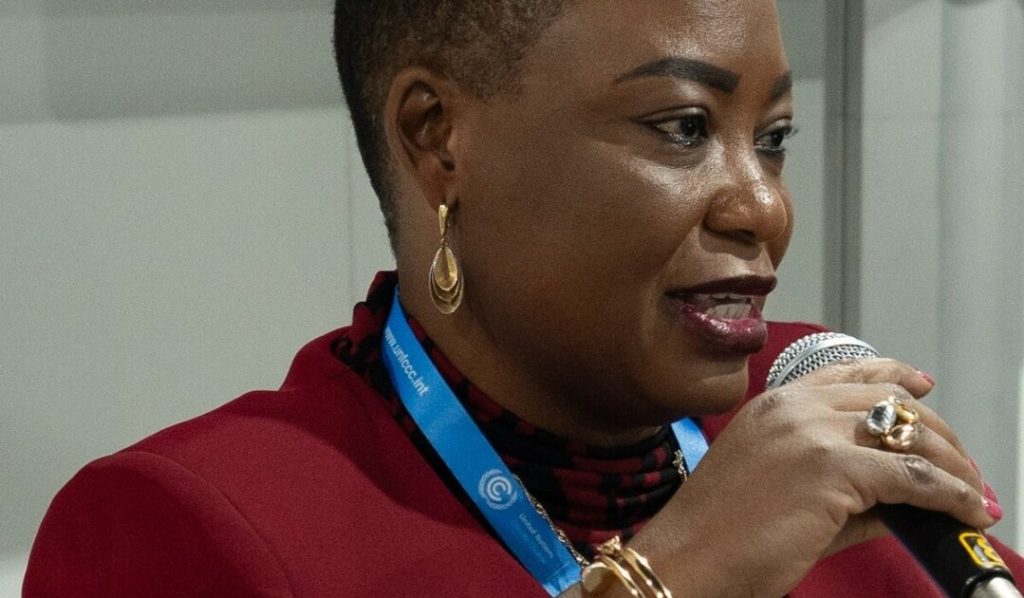The Exodus of Healthcare Resources: Nigeria’s $1.1 Billion Medical Tourism Drain
Nigeria, Africa’s largest economy, grapples with a significant outflow of resources due to medical tourism, estimated at a staggering $1.1 billion annually. This financial hemorrhage, as highlighted by the African Export-Import Bank (Afreximbank), represents a critical impediment to the development of the nation’s healthcare sector and the broader economy. The reliance on foreign medical care not only depletes foreign exchange reserves but also hinders investment in local health infrastructure, creating a vicious cycle that perpetuates the problem. This phenomenon extends beyond Nigeria’s borders, with the African continent as a whole losing an estimated $7 billion annually to medical tourism, highlighting a systemic challenge within the African healthcare landscape. These funds, instead of bolstering local economies and strengthening healthcare systems within Africa, flow into foreign economies, supporting their institutions and further exacerbating the disparity in healthcare access and quality.
The allure of foreign medical care stems from a perceived higher quality of service and advanced medical technology available in developed countries. This perception, often rooted in a lack of trust in domestic healthcare systems, drives patients seeking specialized treatments or complex procedures to seek care abroad. The consequences of this trend are multifaceted. Beyond the financial implications, the constant outflow of patients seeking medical care overseas hinders the growth and development of local medical expertise and infrastructure. Hospitals and clinics within Nigeria struggle to attract investment and upgrade their facilities when a significant portion of the potential patient base seeks treatment elsewhere. This underinvestment perpetuates the cycle, reinforcing the perception of inferior local healthcare and driving further medical tourism.
Adding to the complexity of the issue is the brain drain of skilled healthcare professionals. Nigeria, like other African nations, faces a significant exodus of doctors, nurses, and other medical personnel seeking better opportunities and working conditions in countries like India, Asia, the Middle East, and the United States. This loss of talent further weakens the local healthcare system, diminishing the capacity to provide quality care and exacerbating the reliance on foreign medical facilities. The absence of experienced professionals not only impacts the quality of care but also limits the training and mentorship opportunities for aspiring healthcare workers, creating a long-term challenge for the sustainability of the Nigerian healthcare system.
Recognizing the gravity of the situation, Afreximbank launched the Health and Medical Tourism Programme in 2012. This initiative aims to address the underlying issues driving medical tourism by investing in and strengthening local healthcare infrastructure and capacity. A flagship project under this program is the Africa Medical Center of Excellence (AMCE) in Abuja, Nigeria. This state-of-the-art facility, equipped with advanced medical technology, including an 18 MeV cyclotron, a three-Tesla MRI, and a 20-bed intensive care unit, represents a significant investment in bringing world-class healthcare services to Nigeria. Afreximbank has committed over $450 million to the AMCE, demonstrating its commitment to reversing the tide of medical tourism and fostering self-reliance in healthcare within Africa.
The AMCE embodies Afreximbank’s vision of providing healthcare services comparable to global standards, not just African standards. This ambition signifies a shift in perspective, emphasizing the potential for African nations to develop and deliver high-quality healthcare within their own borders. The center aims not only to provide advanced medical care but also to serve as a hub for innovation and research, fostering the development of local expertise and solutions to healthcare challenges specific to the African context. The project represents a bold step towards rebuilding trust in domestic healthcare systems and reducing dependence on foreign medical facilities. By offering comparable or even superior services within Nigeria, the AMCE aims to attract patients who would otherwise seek treatment abroad, retaining valuable resources within the country and stimulating the growth of the local healthcare economy.
The success of initiatives like the AMCE hinges on a multi-pronged approach that addresses both the supply and demand sides of the medical tourism equation. On the supply side, continued investment in infrastructure, technology, and training is crucial to enhance the quality and capacity of local healthcare services. On the demand side, building trust in domestic healthcare systems is paramount. This requires not only demonstrably improved quality of care but also effective communication and public awareness campaigns to highlight the advancements being made within the local healthcare sector. Furthermore, policies that incentivize the utilization of local healthcare services and disincentivize medical tourism could play a significant role in reversing the current trend. Ultimately, a sustainable solution requires a collaborative effort between governments, healthcare providers, and financial institutions like Afreximbank to create a robust and self-reliant healthcare system within Nigeria and across Africa.


